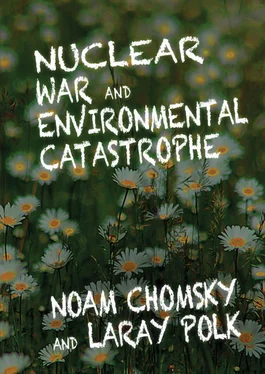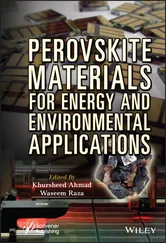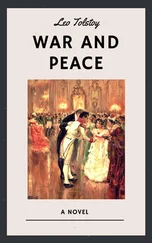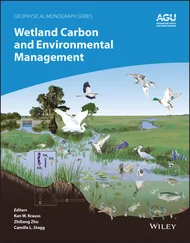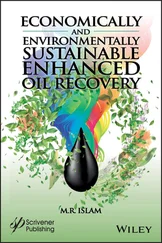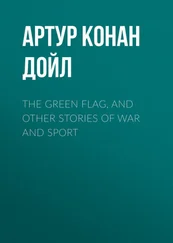See King’s “Beyond Vietnam.” The speech is a hard-hitting analysis of war, militarism, and inequality: “Now there is little left to build on [in Vietnam], save bitterness. Soon, the only solid—solid physical foundations remaining will be found at our military bases and in the concrete of the concentration camps we call ‘fortified hamlets.’ The peasants may well wonder if we plan to build our new Vietnam on such grounds as these. Could we blame them for such thoughts? We must speak for them and raise the questions they cannot raise. These, too, are our brothers.” Martin Luther King Jr., “Beyond Vietnam: A Time to Break Silence,” speech at Riverside Church, New York (April 4, 1967).
In King’s 1968 speech, he called for the development of “a kind of dangerous unselfishness” on behalf of sanitation workers and the building of an allied economic base through boycott, a “bank-in” movement, and an “insurance-in” that encouraged patronage at black-owned businesses. Martin Luther King Jr., “I’ve Been to the Mountaintop,” speech at Bishop Charles Mason Temple, Memphis, TN (April 3, 1968).
As part of the “Poor People’s Campaign of 1968,” Resurrection City was organized, built, and occupied for a span of forty-three days from May to June. An estimated five thousand demonstrators participated in the “live-in” located on the Mall in Washington, DC. The assassinations of Martin Luther King and Robert F. Kennedy took their toll on the campaign, as did torrential rain on the makeshift city. For successes and failures of the action, see John Wiebenson, “Planning and Using Resurrection City,” Journal of the American Institute of Planners 35 (November 1969): 405–11, doi:10.1080/01944366908977260.
John M. Broder, “Greenpeace Leader Visits Boardroom, without Forsaking Social Activism,” New York Times, December 7, 2011.
A decade prior to the 2010 “People’s World Summit on Climate Change and the Rights of Mother Earth,” Bolivian activists had successfully resisted an attempt by Aguas del Tunari (a subsidiary of US-based Bechtel) to privatize the water supply. For a detailed account, see Oscar Olivera, ¡Cochabamba! Water War in Bolivia (Cambridge, MA: South End Press, 2004).
Tropical glaciers in the Andean region are at risk, and scientists forecast none will exist in thirty years. Jessica Camille Aguirre, “As Glaciers Melt, Bolivia Fights for the Good Life,” Yes!, March 18, 2010. See also “Arctic Sea Ice News & Analysis,” National Snow & Ice Data Center (NSIDC.org).
In August 2012 the US Drought Monitor reported 62.9 percent of the contiguous US as experiencing moderate to exceptional drought, with the percent of the worst categories (extreme to exceptional drought) doubling. As a result of drought conditions, widespread crop failure was reported nationwide, with FAO forecasts of shortages and rising prices worldwide. See also James Hansen et al., “Global Temperature Change,” PNAS 103, no. 39 (2006): 14288–93, doi:10.1073/pnas.0606291103.
101 See Noam Chomsky, “How the Magna Carta Became a Minor Carta, Part 1 and 2,” Guardian (London), July 24–25, 2012; “Carte Blanche,” TomDispatch.com (audio), July 21, 2012.
According to a recent survey by the Yale Project on Climate Change Communication, majorities among six identified groups say climate change and clean energy should be among top national priorities. Yet, according to project director Anthony Leiserowitz, the group with the most influence, climate-change skeptics, account for “only 10 percent [of the population]” but “appear much larger because they tend to dominate… much of the public square.” Talk of the Nation , “Gauging Public Opinion on Climate Change Policy,” NPR, May 4, 2012. On the influence of Koch-funded groups on the election process, see note 3, chap. 6.
Shelby Lin Erdman, “Battle over Controversial International Oil Pipeline Growing,” CNN, September 5, 2011. The API spokesperson quoted in the article was contacted to verify accuracy; she responded, “If they [Tar Sands Action participants] are protesting the pipeline they are protesting a shovel-ready job that will put thousands of Americans to work. This industry is focused on creating jobs, producing energy responsibly and strengthening America’s energy security.” Sabrina Fang, API Media Relations, e-mail correspondence, November 16, 2011. On how Saudi interests infuse money into US elections through trade associations, namely, API, see Lee Fang, “How Big Business Is Buying the Election,” The Nation , September 17, 2012.
The Tar Sands Action is part of an ongoing campaign to protest the proposed 1,661-mile pipeline from Alberta, Canada, to refineries on the Texas Gulf Coast. The unconventional product to be conveyed, chemical-laden bitumen derived from the Canadian tar sands, has been described as “the dirtiest oil on the planet.” The largest action to date took place in front of the White House between late August and early September 2011. During the two-week sit-in, more than twelve hundred participants committed acts of civil disobedience, resulting in arrest. The event involved a consortium of groups and individuals: Bold Nebraska, Indigenous Environmental Network, 350.org, activists, ’08 Obama campaigners, farmers, scientists, and writers.
Clifford Krauss, “U.S. Reliance on Oil from Saudi Arabia Is Growing Again,” New York Times , August 16, 2012. On Saudi plans to refine Canadian tar sands in Texas, see Lee Fang, note 7, this chapter. On history of OPEC, see note 8, chap. 1.
Lawrence M. Krauss, “Judgement Day,” New Humanist , March/April 2010.
During the Geneva Conference in July 1955, Pres. Eisenhower spoke candidly to representatives from the USSR, telling Nikolai Bulganin that modern weapons were developed to the point that any country that used them “genuinely risked destroying itself…. A major war would destroy the Northern Hemisphere.” He made a similar point with Georgi Zhukov: “Not even scientists could say what would happen if two hundred H-bombs were exploded in a short period of time, but… the fall-out might destroy entire nations and possibly the whole northern hemisphere.” Francis X. Winters, The Year of the Hare: America in Vietnam, January 25, 1963–February 15, 1964 (Athens, GA: University of Georgia Press, 1999), 7–8.
Leading up to the 1962 Soviet missile installation, the Kennedy administration carried out two major covert operations in Cuba: the Bay of Pigs invasion and Operation Mongoose. The latter has been described by historian Stephen G. Rabe as a “massive campaign of terrorism and sabotage.” The Most Dangerous Area in the World: John F. Kennedy Confronts Communist Revolution in Latin America (Chapel Hill: University of North Carolina Press, 1999), 137. According to Graham Allison: “The U.S. air strike and invasion that were scheduled for the third week of the confrontation would likely have triggered a nuclear response against American ships and troops, and perhaps even Miami. The resulting war might have led to the deaths of 100 million Americans and over 100 million Russians.” “The Cuban Missile Crisis at 50: Lessons for U.S. Foreign Policy Today,” Foreign Affairs , July/August 2012.
Читать дальше
